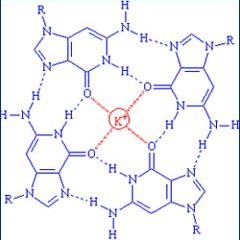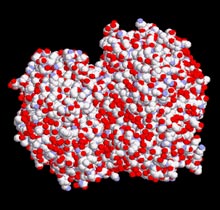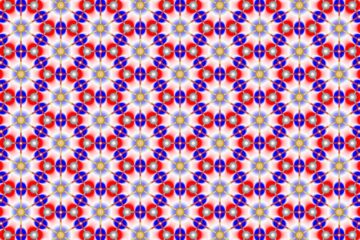Latest News

Carnegie Mellon scientists create unique DNA probe with great potential
A team of investigators at Carnegie Mellon University has formed the first hybrid quadruplex of peptide nucleic acids, or PNAs, with DNA, the genetic code. This result opens new opportunities to study the activity of genetic regions occupied by recently described quadruplex DNA structures, as well as providing a new compound that could be used as a biosensor or to block gene activity associated with diseases such as cancer. The research results, published online, will appear in a forthcoming issue o

Ion trek through polymer offers better batteries
Cell phones, CD players and flashlights all wear down batteries far faster than we might wish. But there’s new hope, now that researchers at the Department of Energy’s Idaho National Engineering and Environmental Laboratory (INEEL) have overcome another barrier to building more powerful, longer-lasting lithium-based batteries.
The INEEL team, led by inorganic chemist Thomas Luther, discovered how lithium ions move through the flexible membrane that powers their patented rechargeab

NASA study finds increasing solar trend that can change climate
Since the late 1970s, the amount of solar radiation the sun emits, during times of quiet sunspot activity, has increased by nearly .05 percent per decade, according to a NASA funded study.
“This trend is important because, if sustained over many decades, it could cause significant climate change,” said Richard Willson, a researcher affiliated with NASA’s Goddard Institute for Space Studies and Columbia University’s Earth Institute, New York. He is the lead author of the study rece

Gold "Nanoplugs" Wire Up Enzymes
Could yield biosensors with greater sensitivity, specificity
Scientists at Hebrew University, Israel, in collaboration with researchers at the U.S. Department of Energy’s Brookhaven National Laboratory, have devised a way to use gold nanoparticles as tiny electrical wires to plug enzymes into electrodes. The gold “nanoplugs” help align the molecules for optimal binding and provide a conductive pathway for the flow of electrons. The research, described in the March 21, 2003, issue of

’Green’ car tyre produced from two scarcely mixable materials
Dutch technologists have carried out research into a more environmentally friendly car tyre. The scarcely mixable substances silica and rubber were mixed in a ratio that produced a tyre with a low rolling resistance and therefore a lower fuel use for the vehicle to which it will be fitted.
Louis Reuvekamp from the University of Twente mixed silica and rubber under the influence of organosilane. Tyre manufacturers normally use carbon black instead of silica to strengthen the rubber of car ty

Concrete less sensitive for cracks than previously thought
Reinforced high-strength concrete can crack due to stresses that develop during the hardening process. However, this has been found to be surprisingly less quick than previously thought. Due to Dutch research, extra steps during the hardening process can be omitted. This will result in cheaper concrete.
Maya Sule from Delft University of Technology tested specimens of high strength concrete (concrete with little water) in a temperature stress testing machine (TSTM). Such tests indicate the











